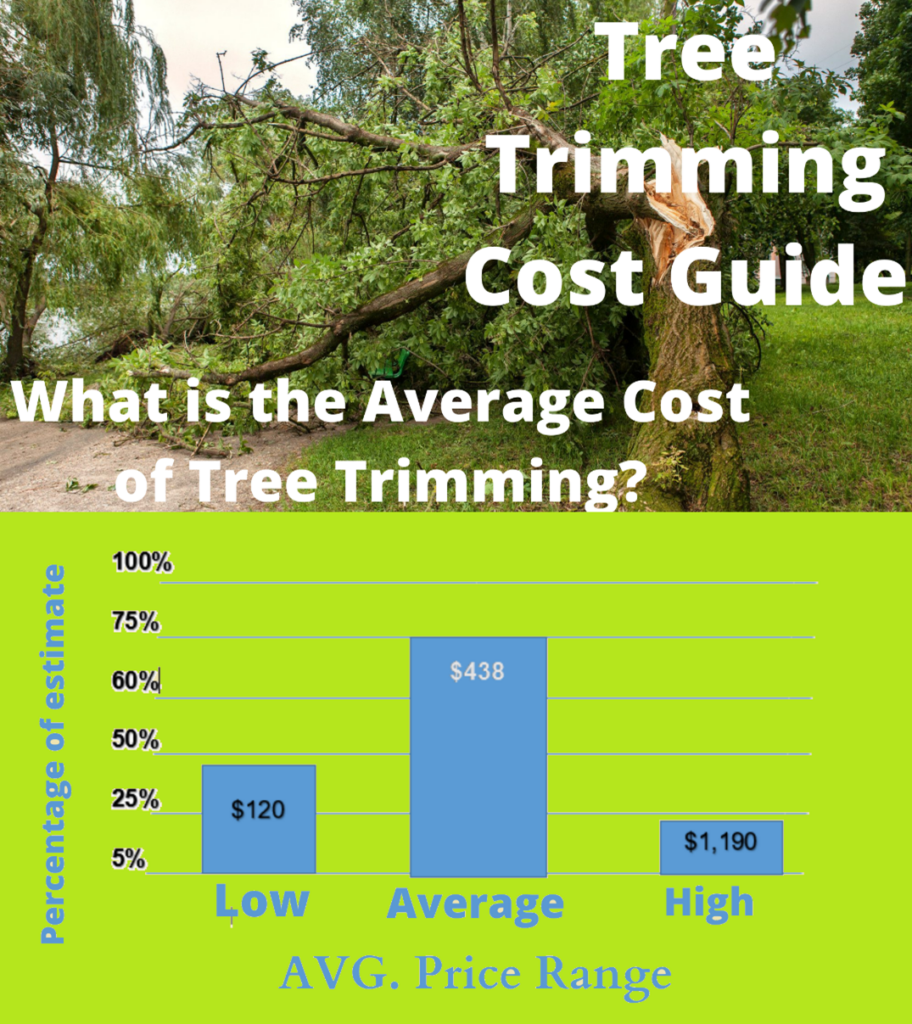Featured
Table of Contents
- – Top-Rated Stump Removal In Cottonwood, CA: Pri...
- – Emergency Stump Grinding Costs In Cottonwood, CA
- – Cottonwood, CA Arborist Common Questions
- – Cottonwood, CA Tree Service: True Pricing
- – Business Stump Grinding Pricing In Cottonwood...
- – Indoor Tree Clearing Costs In Cottonwood, CA
- – Cottonwood, CA Stump Removal: Pricing Questions
- – Cottonwood, CA Tree Removal Cost Factors
- – Cottonwood, CA Tree Service Guarantees: What...
- – Cottonwood, CA Tree Service Red Flags: Prici...
- – Top 5 Ways To Save On Tree Cutting In Cotton...
- – What You'll Pay For A Tree Cutting In Cotton...
- – Cottonwood, CA Tree Service Reviews: Costs
- – Cottonwood, CA Tree Clearing Reviews: Are Th...
- – Cottonwood, CA Tree Clearing Cost Guide: Wha...

The subsections below provide more in-depth information about prices, including an average variety for each. TypeAverage Elimination CostPineConiferPalmMagnoliaArborvitaeAshCedarSweet GumEucalyptusSycamoreCypressOakMaplePoplar You can anticipate to pay in between to remove a pine, depending upon its size. Eliminating a pine is among the more affordable tasks unless it is one that has been around for several years and is rather big.
Top-Rated Stump Removal In Cottonwood, CA: Pricing
Pines also have a tap root that grows deep into the soil, which can prove to be more hard to eliminate. The process itself involves a specialist cutting the tree, clearing the base, cutting the surface roots, removing the stump, and finally treating the soil. Without a professional hand, you risk leaving pine seedlings behind, which will fall from the roots of distressed pines.
Emergency Stump Grinding Costs In Cottonwood, CA
The U.S. nationwide average for conifer elimination is around to have the conifer lowered, carried away, and the stump ground or removed entirely. Conifers are normally easier to get rid of, and even though they can grow quite high, they do not cost a fortune to remove. Conifers consist of pine, spruce, fir, and juniper trees.
Cottonwood, CA Arborist Common Questions
While conifers are gorgeous, they eliminate native plants and specific kinds of grass. This is since they require a great deal of water and nutrients to make it through, so they seep it off surrounding plants. They also have an extensive network of roots, which can affect your home's foundation. The average cost of palm removal depends on the height as much as the type, varying from.
Cottonwood, CA Tree Service: True Pricing
That is why it is important to know which type you are eliminating. While you do not need an herbicide to eliminate a palm tree, there are some actions your removal professional will need to take to make sure the task is done properly. There are two methods they can get rid of them: by chopping them down or digging them up.
Business Stump Grinding Pricing In Cottonwood, CA
This is due to the fact that small animals like rats and scorpions often reside in them. Plus, numerous types will have spikes, too. From there, they remove the actual tree and then the stump. Anticipate to pay between to eliminate this kind of tree, depending on the specific size and details of the job.
Indoor Tree Clearing Costs In Cottonwood, CA
There are three types: green, white, and black ash. With its gray-tinged bark, its leaves are green or purple in the spring and golden yellow or purplish-red in the fall.
Cottonwood, CA Stump Removal: Pricing Questions

The bark is softer, and it flowers later on in the year - stump grinding. Due to the variation in height, the elimination rate difference is broad from. A coniferous, evergreen tree, the cedar is a hardy types. True cedars delight in greater altitudes, generally in the Himalayas and the Mediterranean. A true cedar can grow as high as 160 feet in height and is typically planted in the United States as a landscape alternative.
Cottonwood, CA Tree Removal Cost Factors
The development of false cedars differs from 50 feet up to 230 feet high. With star-shaped leaves and stunning fall colors, the sweet gum is thought about a medium to big tree.
Cottonwood, CA Tree Service Guarantees: What's Covered
Typically, it costs between to get rid of a eucalyptus. Eucalyptus are not common all over, however they are quite large compared to others, which is why even the smaller ones are so costly to get rid of.
Cottonwood, CA Tree Service Red Flags: Pricing Edition
There are a handful of ways to do this, including burning, pulling, grinding, or killing them with herbicide. Anticipate to pay between to remove sycamores, based on the height, trunk size, and amount of work included. Sycamores are one of the biggest hardwood trees, usually ranging from 60 to 100 feet high and as large as 15 feet.
Top 5 Ways To Save On Tree Cutting In Cottonwood, CA
The very first two actions will expose the withins of the tree and cut off the circulation of nutrients up the trunk. From there, a professional uses herbicide to kill the tree and cuts down the trunk.
What You'll Pay For A Tree Cutting In Cottonwood, CA
There are lots of various kinds of Cypress trees, however the most prevalent are the Leyland, Arizona, Bald, and Italian. The Bald Cypress grows in swampy or extremely moist areas while the others delight in a dry, warm, or hot environment (tree removal). They can grow as tall as 80 to 100 feet high
Cottonwood, CA Tree Service Reviews: Costs

Prone to diseases, the Cypress is among the most treasured woods for furnishings. The typical oak grows to around 60 feet, and depending on the intricacy of the removal, it costs an average of to eliminate. The exact size of your oak and the effort required to fell it affect what you will in fact pay for elimination in addition to any extra services like stump grinding.
Cottonwood, CA Tree Clearing Reviews: Are They Worth It
Access to the trees and the roots will also impact the total cost. Maples can easily mature to 100 feet or more and generally cost in between to remove from your home. The final price depends on the actual height and complexity of the task. Maples are normally among the more costly trees to remove because of their size and the work associated with the removal.
Cottonwood, CA Tree Clearing Cost Guide: What You Need To Know
Growing as high as 90 to 115 feet, these enormous timbers are primarily discovered in North America and consist of the aspen, cottonwood, and balsam trees. The procedure to eliminate trees involves all the cutting and cutting of the branches and trunk, bringing it down to a stump.
Table of Contents
- – Top-Rated Stump Removal In Cottonwood, CA: Pri...
- – Emergency Stump Grinding Costs In Cottonwood, CA
- – Cottonwood, CA Arborist Common Questions
- – Cottonwood, CA Tree Service: True Pricing
- – Business Stump Grinding Pricing In Cottonwood...
- – Indoor Tree Clearing Costs In Cottonwood, CA
- – Cottonwood, CA Stump Removal: Pricing Questions
- – Cottonwood, CA Tree Removal Cost Factors
- – Cottonwood, CA Tree Service Guarantees: What...
- – Cottonwood, CA Tree Service Red Flags: Prici...
- – Top 5 Ways To Save On Tree Cutting In Cotton...
- – What You'll Pay For A Tree Cutting In Cotton...
- – Cottonwood, CA Tree Service Reviews: Costs
- – Cottonwood, CA Tree Clearing Reviews: Are Th...
- – Cottonwood, CA Tree Clearing Cost Guide: Wha...
Latest Posts
Franconia, VA Tree Cutting Reviews: Costs
Fort Stewart, GA Tree Cutting Comparison: Pricing
Get Cheap Stump Grinding In Cottonwood, CA
More
Latest Posts
Franconia, VA Tree Cutting Reviews: Costs
Fort Stewart, GA Tree Cutting Comparison: Pricing
Get Cheap Stump Grinding In Cottonwood, CA